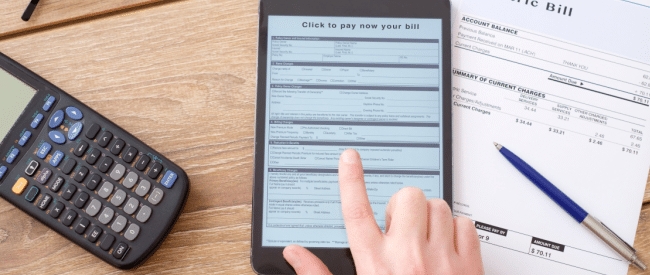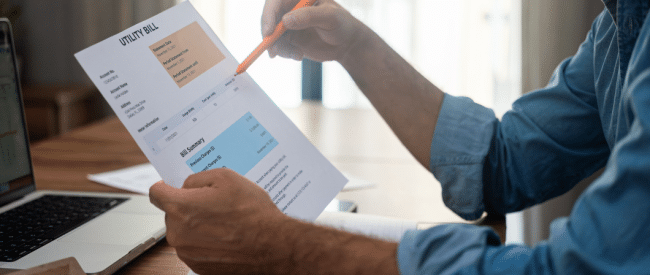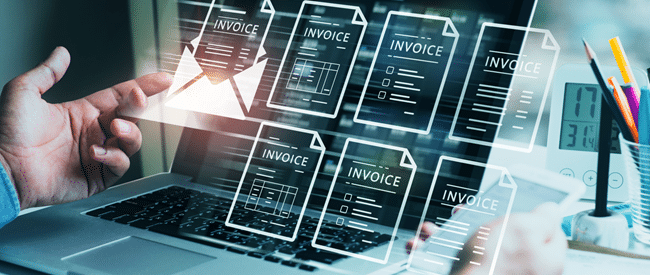Omnichannel communication isn’t just a buzzword—it’s a strategy even tech giants like Microsoft are embracing.
While many companies are focused on digital outreach, Microsoft took a different tack in May. To stand out amid the digital clutter, it quietly launched a 120‑page print magazine titled Signal for business leaders. Microsoft Chief Communications Officer Frank Shaw says the company chose print deliberately “to earn trust and hold attention in an age of scroll and skim.”
Costco agrees that print plays a key role: It mails Costco Connection to more than 14 million Costco Executive Members each month.
In today’s digital age, physical communications clearly retain unique value. This critical reality is particularly true for transactional customer communications, such as billing, payments and compliance. As a result, successful omnichannel communication strategies leverage and bridge both digital and print in a holistic program that aligns with evolving customer expectations and stringent regulatory demands.
Customers want omnichannel communication choice
Digital has become dominant, with 57% of consumers preferring electronic billing statements, according to ACI Speedpay Pulse research for the first half of 2025. But that is far from the whole story. Some 16% still want mailed paper statements, while 27% of consumers prefer a combination of digital and print and mail statement delivery.
The different preferences showcase the imperative for an omnichannel approach to transactional communications. Creating seamless experiences between print and digital, and making it easy for customers to access either at any given touchpoint, removes friction from billing and payments. The coordinated use of digital and print communications to meet customers’ various needs and expectations drives other key benefits:
- Inclusion and compliance. In 2024, nearly 10% of U.S. adults lacked smartphones, and 20% reported having no home broadband, according to a Pew Research study. As a result, mailed paper statements and other communications are a necessity. Beyond accessibility, regulations across healthcare, finance and collections often require physical mail for disclosures and notices and delivery confirmation via Certified Mail.
- Trust and convenience. In its 2024 Digital Connections Tracker, analyst firm Forrester reports that customers navigate multiple channels daily—often switching mid-transaction—highlighting the fact that simply offering digital and print options isn’t enough. It takes setting and adhering to brand and messaging standards and skillful management using an omnichannel customer communications management (CCM) platform to ensure customers have consistent experiences on every channel. Similarly, with so many people accessing their bills on their smartphones, customer-friendly designs for billing statements must be mobile-responsive. Of course, strict security and privacy measures are necessary across all channels to protect customer data and comply with HIPAA, PCI-DSS, SOC and similar regulations and best practices.
- Payment speed through digital bridges. Transactional mail achieves much higher open and read rates than digital channels. Yet text messages that securely link to billing statements or text-to-pay options can drive faster payment. And while many customers prefer mailed statements, 75% pay bills online when given the option, especially when print documents include QR codes to secure digital portals.
Level up to best practices
Organizations should provide a frictionless, secure, compliant communication journey that improves cash flow and fosters strong customer relationships. Here’s how:
- Capture channel preference
Let customers explicitly choose digital, print or both. Store preferences and use them to generate appropriate delivery mechanisms. - Personalize experiences
Ensure your CCM platform can create and deliver dynamic content tailored to each customer’s wants and needs, such as individualized payment plans or incentives for early payoff. - Utilize a dynamic workflow platform
Automation tools should sequence digital sends, conditional print triggers and integrated postage and logistics—all from a single dashboard. If payment is nearing its due date or is past due, the system can initiate a reminder or follow‑up via text or email. - Embed engagement levers
Include clickable secure payment links in emails and scannable QR codes in printed documents. Each interaction should sync back to analytics reporting. - Ensure regulatory rigor
Companies must prioritize complying with HIPAA, Telephone Consumer Protection Act (TCPA), Consumer Financial Protection Bureau and state rules that mandate privacy protections, encryption, secure archiving and traceable audits across every communications channel. - Analyze and refine
Track delivery rates, click-to-pay conversions and payment timing across channels. Use A/B testing to optimize channel mix, response and messaging.
Customer satisfaction hinges on the orchestration of communications across all channels. Advanced customer communications platforms that integrate digital delivery, print and mail, embedded payment capabilities, compliance safeguards and analytics can transform conventional billing into strategic touchpoints—and deliver transactional communications that are timely, secure and effective.
For many customers, the ability to choose how they receive communications is a key indicator that the company values their business. Choice also directly ties to what each customer considers easy and convenient, so offering digital and print options improves engagement and reduces payment barriers—delivering a literal and strategic payoff.
Please contact us to learn more about our omnichannel communications.







